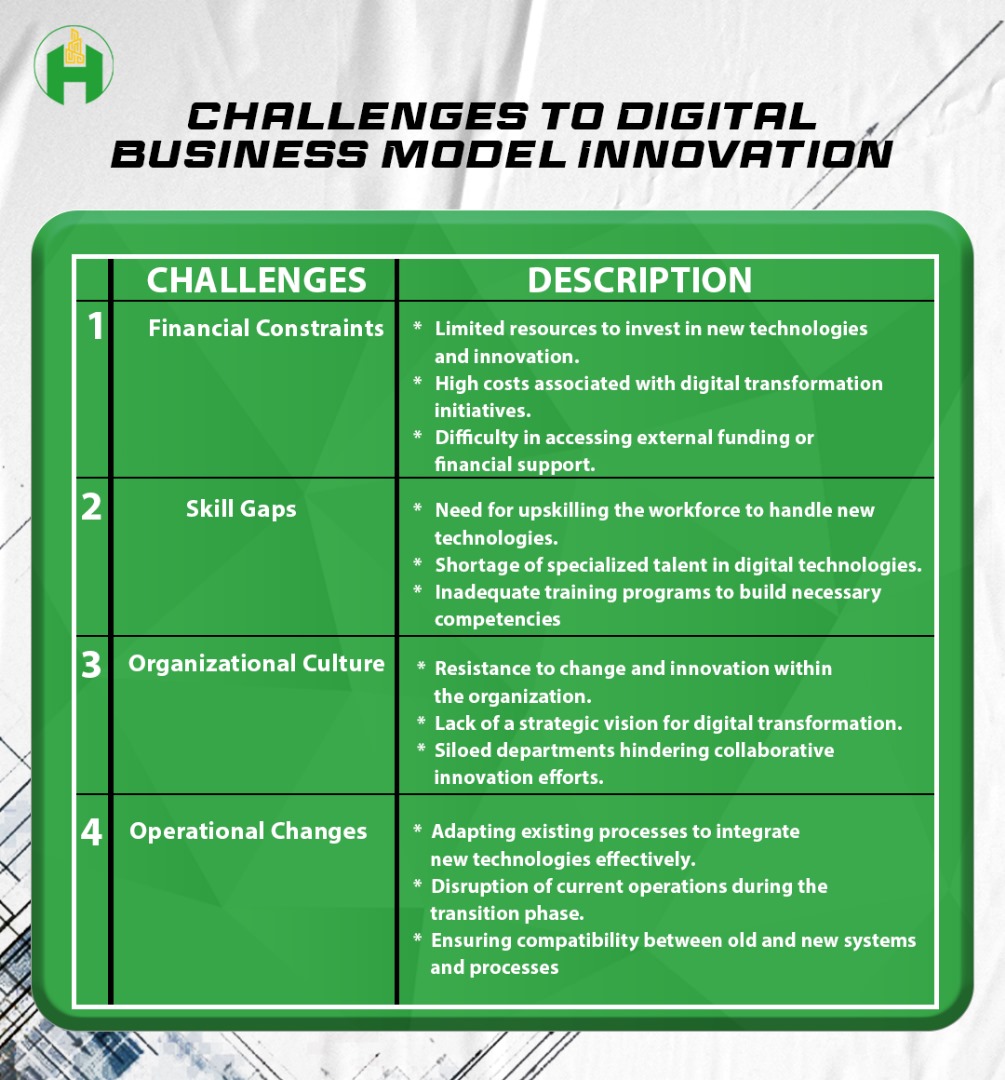Transforming SMEs through Digital Innovation: A Roadmap for Success

Introduction
In an era defined by rapid technological advancements, geopolitical shifts, and heightened sustainability demands, the global manufacturing sector is undergoing significant transformations. Small and Medium-Sized Enterprises (SMEs) are particularly impacted, facing pressure to modernize and innovate to stay competitive. This article explores how digital transformation can be leveraged to rejuvenate SMEs, especially in the manufacturing sector.
Digital Transformation and Business Model Innovation
Digital business model innovation is not merely about adopting new technologies; it involves a comprehensive reinvention of business models to explore new markets, products, and services. This approach can significantly enhance efficiency, generate new revenue streams, and ensure long-term competitiveness for manufacturing SMEs. This section delves into a Four-Step approach for SMEs on the journey to digital business model innovation:
1. Assessment and Planning
– Objective:
Conduct a comprehensive assessment of the current business model, processes, and technological capabilities.
– Activities:
– Perform a SWOT analysis to identify strengths, weaknesses, opportunities, and threats.
– Engage stakeholders to gather insights and feedback on current challenges and potential improvements.
– Develop a clear digital transformation strategy aligned with business goals and objectives.
– Outcome:
A detailed roadmap outlining the digital transformation journey, including milestones, timelines, and resource allocation.
2. Technology Adoption and Integration
– Objective:
Identify and implement the necessary digital technologies to support business model innovation.
– Activities:
– Evaluate and select appropriate digital tools and platforms (e.g., cloud computing, IoT, AI, big data analytics).
– Ensure seamless integration of new technologies with existing systems and processes.
– Provide training and support to employees to facilitate smooth adoption and utilization of new technologies.
– Outcome:
Enhanced operational efficiency and improved data management capabilities.
3. Process Optimization and Automation
– Objective:
Streamline and automate business processes to improve efficiency and reduce operational costs.
– Activities:
– Map existing processes and identify areas for improvement and automation.
– Implement process automation tools and techniques (e.g., robotic process automation, workflow management systems).
– Continuously monitor and refine automated processes to ensure optimal performance.
– Outcome:
Increased productivity, reduced errors, and faster turnaround times.
4. Data Utilization and Innovation
– Objective:
Leverage data to drive decision-making, uncover new business opportunities, and foster a culture of continuous improvement.
– Activities:
– Establish robust data collection and management practices.
– Utilize advanced analytics and machine learning to extract actionable insights from data.
– Encourage experimentation and the development of innovative products and services.
– Implement feedback loops to gather input from customers, employees, and other stakeholders.
– Outcome:
Informed strategic decisions, improved customer experiences, identification of new revenue streams, and sustained competitive advantage.

Challenges to Digital Business Model Innovation
Despite the clear benefits, SMEs face several challenges in adopting digital business model innovation:
– Financial Constraints: Limited resources often hinder the ability to invest in new technologies and innovation processes.
– Skill Gaps: The need for upskilling the workforce to handle new technologies and innovative processes.
– Organizational Culture: Shifting the organizational mindset to embrace continuous improvement and innovation.
– Operational Changes: Adapting existing processes and systems to integrate new technologies effectively.

Strategies for Successful Digital Business Model Innovation
To navigate these challenges, SMEs should adopt a structured approach that includes:
1. Investing in Technology and Skills: Prioritizing investments in digital technologies and workforce upskilling to build the necessary competencies.
2. Adopting a Multistakeholder Perspective: Engaging with supply chain participants, funding organizations, and government entities to create a supportive ecosystem.
3. Implementing a Step-by-Step Process: Following a clear roadmap that guides the organization through the stages of digital transformation, from continuous improvement to full digital business model innovation.
Conclusion
The transformation journey towards digital business model innovation is complex but essential for SMEs to thrive in the modern manufacturing landscape. By embracing digitalization, SMEs can unlock new value, enhance their competitive edge, and contribute to economic and societal growth. The Hub For Digital Excellence’ insights and strategies provide a valuable reference for SMEs aiming to navigate this transformative journey successfully.




